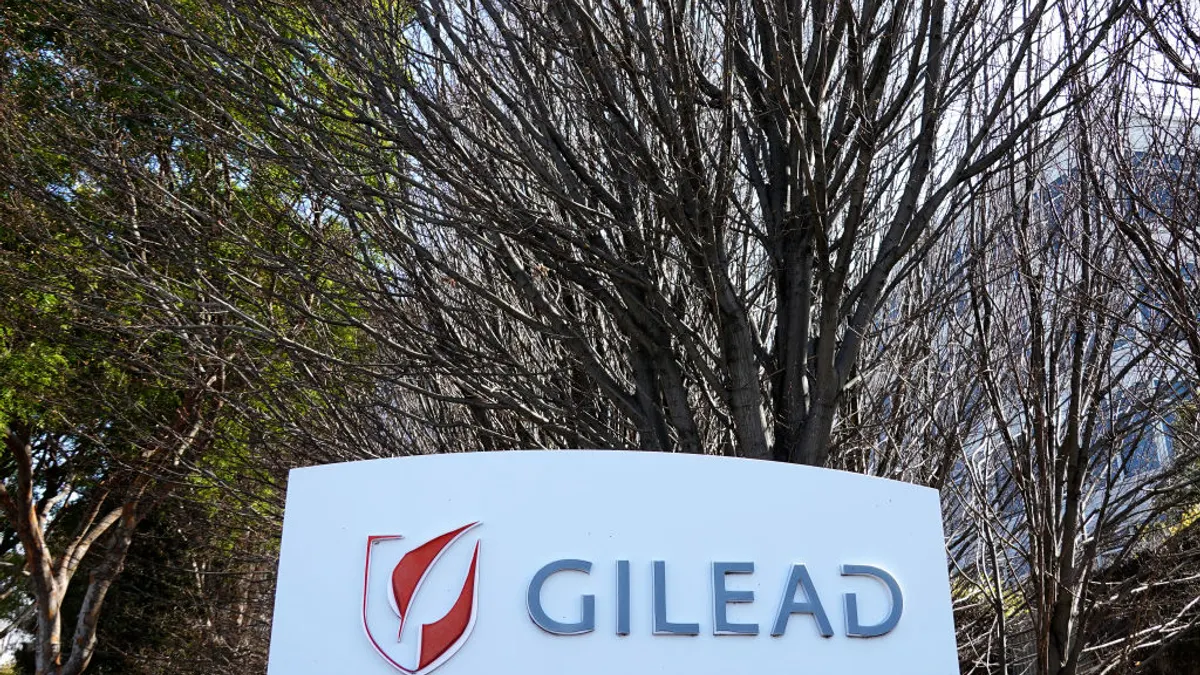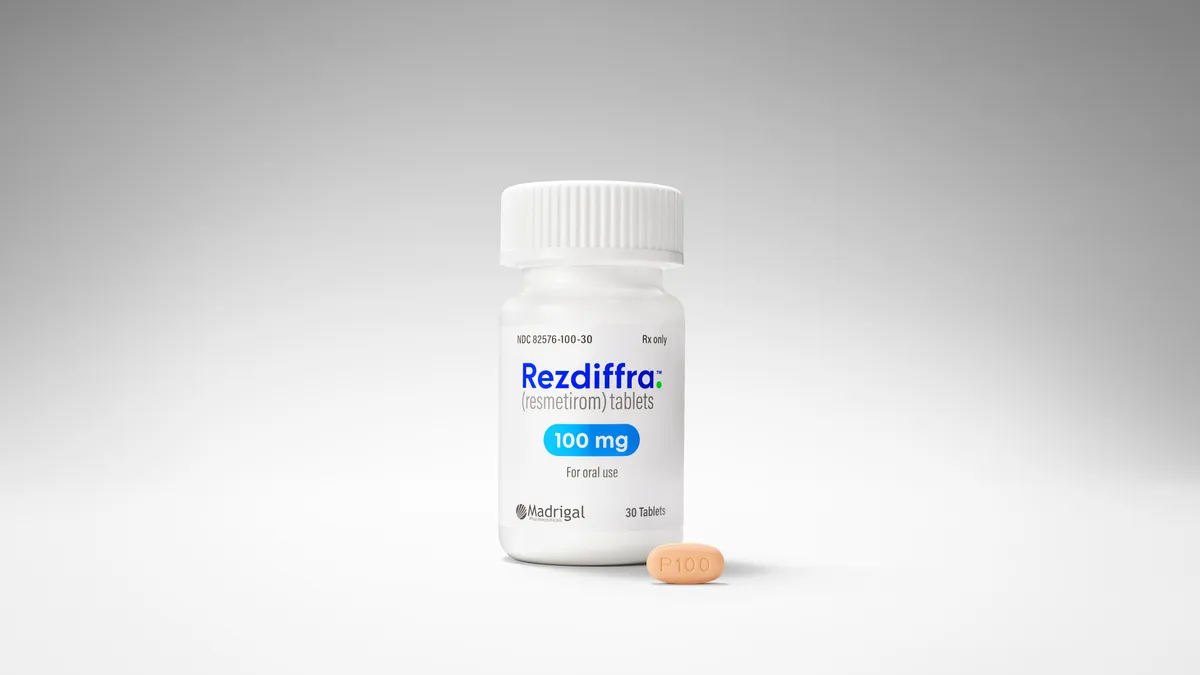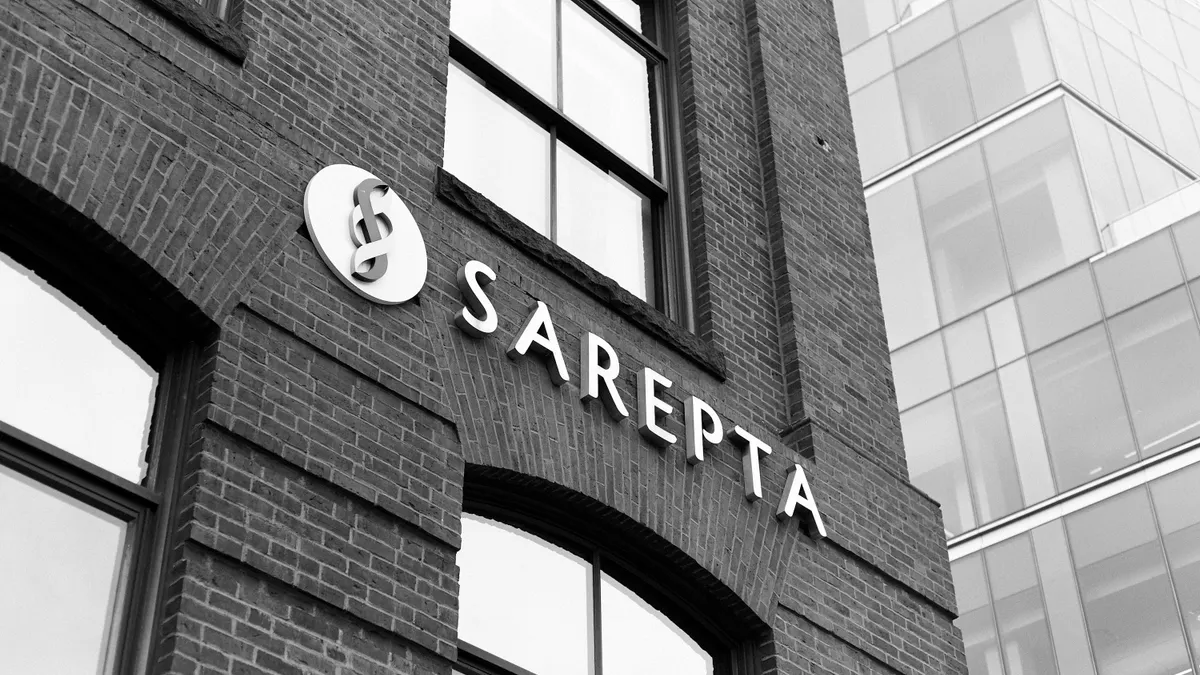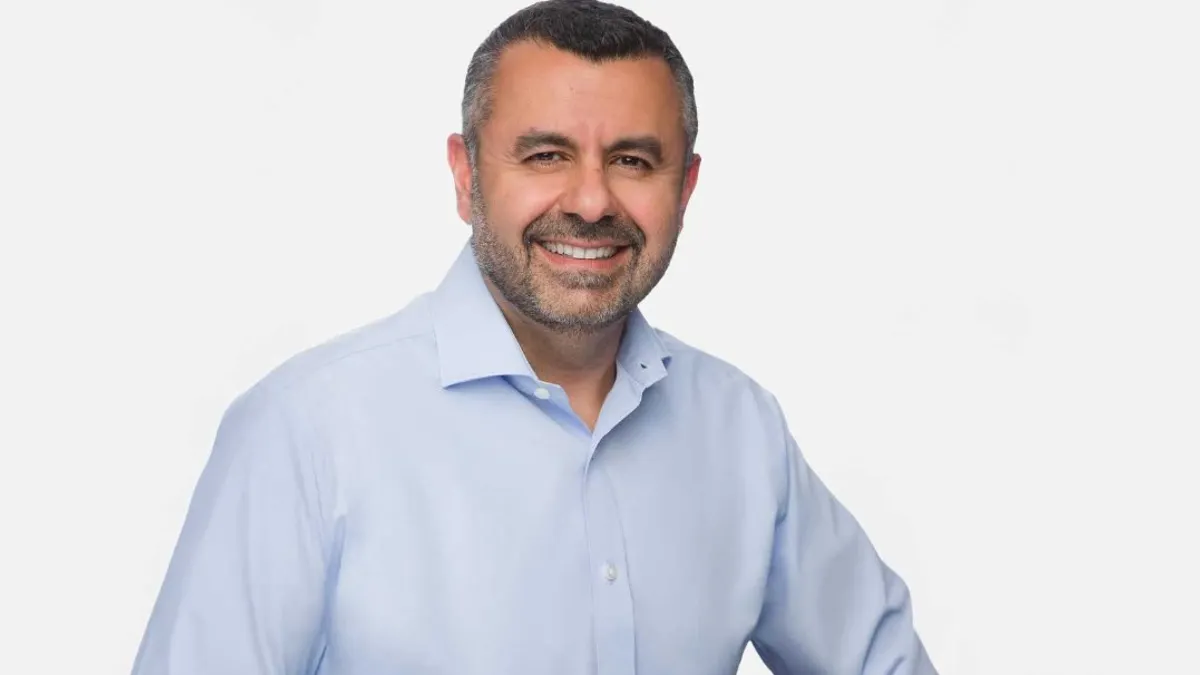Despite worried hand-wringing over a potential slowdown in FDA approvals under the new administration, the agency has been giving the go-ahead to drugs at a near record-setting clip.
FDA approvals dropped in May to 14 drugs after hitting 20 and above in the two months prior, but the total of 84 OKs so far in 2025 is the second only to 2024’s record high for the first part of the year, according to Clarivate.
The agency nods included 16 novel drugs that run the therapeutic gamut from oncology to rare disease and pain management.
Meanwhile, the decision-making production has come during a major upheaval inside the FDA.
A reorganization and workforce reduction effort inside HHS triggered layoffs for 3,500 FDA staffers earlier this year. While some employees have been brought back, staffing disruptions have continued as new leaders are appointed and others choose to leave. Most recently, the acting head of CDER, Jacqueline Corrigan-Curay, announced she’s retiring from the role next month.
Concerns that the changes would hamper drug approvals were seemingly realized after several companies — including KalVista Pharmaceuticals and Stealth Biotherapeutics — reported delays for their PDUFA dates.
But the FDA has maintained that application reviews are generally rolling along as expected and has implemented new measures to streamline approvals, including a pilot AI program.
Here’s a look at some of the most notable drugs that have gotten across the regulatory finish line in recent months.
Gilead’s potential ‘end’ to HIV
Hype has been building around Gilead Sciences’ new formulation for its pre-exposure prophylaxis (PrEP) lenacapavir since the company announced it achieved 100% protection against HIV in a phase 3 study of more than 2,000 women.
Other PrEP regimens on the market require daily oral dosages or shots every few months, but the latest version is only administered twice a year. The FDA approved the updated formulation, which will be sold under the brand name Yeztugo, earlier this month.
With its FDA victory secured, attention on Gilead’s groundbreaking treatment has turned to patient access.
Although researchers recently suggested the treatment could be produced for $25 per patient each year, Gilead set its annual U.S. list price at $28,218 — a similar rate for other PrEP treatments. The company said it’s working with payers to “ensure broad coverage” and has a program aimed at reducing out-of-pocket expenses.
It’s also contending with potential roadblocks to a highly-anticipated global rollout.
About 1.2 million Americans are infected with HIV, but the disease disproportionately impacts people in sub-Saharan Africa. Now, the WHO’s aggressive goal to “end HIV/AIDS” by 2030 could be hampered by dramatic reductions in U.S. funding for foreign aid and healthcare that have already stymied HIV clinical work and trials overseas, according to The New York Times.
Gilead penned an agreement last year with six generic drug producers to make and sell lenacapavir royalty-free in 120 low- and middle-income countries, and is securing approvals in a range of other countries to help expand its reach.
A growing ADC empire
No company is on as much of a roll in the ADC space as Daiichi Sankyo.
With seven approvals under its belt for the company’s blockbuster Enhertu, Daiichi Sankyo is now aiming to expand its oncology prowess with another AstraZeneca-partnered ADC Datroway.
The ADC notched its first FDA nod in January for previously treated metastatic HR-positive, HER2-negative breast cancer, and then scored an accelerated approval this week for a subset of patients with lung cancer.
“This first approval of Datroway in lung cancer provides a much-needed option to patients … whose disease has become resistant to past treatments, regardless of the driving mutation,” Dave Fredrickson, executive vice president, oncology hematology business unit at AstraZeneca, said in a release about the drug’s most recent approval.
The latest win could pave the way towards Daiichi Sankyo’s broader goal of bringing five ADCs to market for 30 different indications by 2030. Daiichi Sankyo’s ADC programs also include candidates it’s developing with Merck & Co.
While Enhertu pulled in about $3.8 billion last year, Datroway is expected to hit about $33 million in sales this year.
But AstraZeneca has projected confidence it’ll surpass blockbuster levels. The pharma struck a development deal for Datroway worth up to $1 billion up front in 2020 and has estimated its peak sales could reach $5 billion.
A first-in-class antibiotic
Approvals for innovative antibiotics are few and far between. Of the 13 antibiotics OK’d for the market between mid-2017 and 2023, only two belonged to a new class of drugs, the WHO reported last year.
Earlier this year, GSK bucked this dearth of antibiotic innovation with an FDA nod for the most common type of urinary tract infections. Called Blujepa, the triazaacenaphthylene antibiotic inhibits “bacterial DNA replication by a distinct binding site, a novel mechanism of action,” the company said in a release. Blujepa is also the first new treatment cleared for the indication in about three decades, according to GSK.
The FDA nod comes as GSK pushes ahead with a goal to launch five new products this year. A long-time leader in vaccines, the U.K. pharma is facing potential headwinds as the FDA’s attitude toward immunizations shifts under new leadership.
With demand for its new RSV shot Arexvy declining, GSK is leaning on a diversified portfolio of new drugs in oncology and respiratory disease to fuel future growth. The company estimates that Blujepa and two other drugs in its general medicine portfolio will hit peak sales of about $2.6 billion, according to Reuters.




















